Xiaomi Announces Redmi Note 10 Series: Pro Hands-On at $279
by Andrei Frumusanu on March 4, 2021 7:50 AM EST- Posted in
- Mobile
- Smartphones
- Xiaomi
- Redmi Note 10 Pro
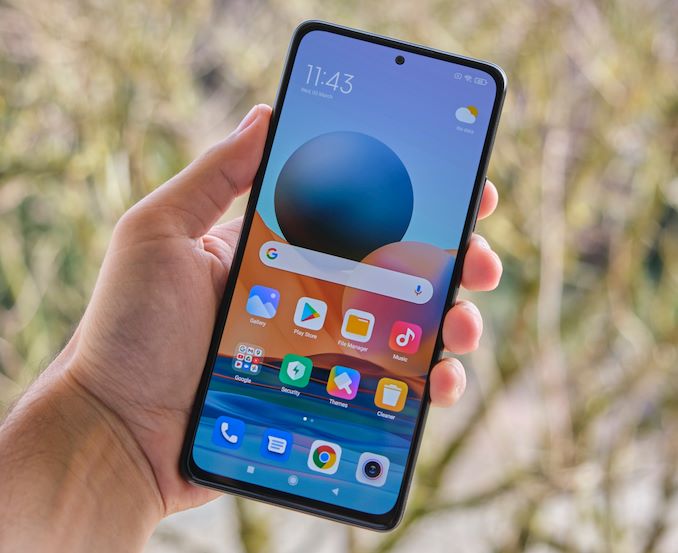
Today Xiaomi is updating one of its most popular and successful phone models with a slew of new Redmi Note 10 variants. Alongside the Note 10, Note 10S and the Note 10 5G, we’ve had the Redmi Note 10 Pro for a few days to get our first impressions of the low-cost device. The device’s predecessor, the Redmi Note 9 Pro, was amongst our top buyer’s recommendations at this price point in 2020, and the newer Note 10 Pro has a few tricks up its sleeve to make it an ever more interesting device in this price range.
| Xiaomi Redmi Note 10 Pro Comparison | ||
| Note 9 Pro | Note 10 Pro | |
| SoC | Snapdragon 720 2x A76 @ 2.3GHz 6x A55 @ 1.8GHz Adreno 618 |
Snapdragon 732G 2x A76 @ 2.3GHz 6x A55 @ 1.8GHz Adreno 618 |
| Display | 6.67-inch FHD+ 2400 x 1080 (20:9) |
6.67-inch FHD+ 2400 x 1080 (20:9) |
| IPS LCD 60Hz |
AMOLED 120Hz |
|
| Dimensions | 165.8 x 76.7 x 8.8 mm 209 grams |
164.0 x 76.5 x 8.1 mm 193 grams |
| RAM | 6GB LPDDR4X | 6 / 8GB LPDDR4X |
| NAND Storage |
64 / 128GB UFS 2.1 + microSD |
64 / 128GB UFS 2.2 + microSD |
| Battery | 5020mAh (19.32Wh) typ. | |
| 18W Fast Charging | 33W Fast Charging | |
| Front Camera | 16MP 1.0µm f/2.5 |
16MP f/2.45 |
| Primary Rear Camera | 64MP 0.8µm 1/1.72" Samsung GW1 (16MP 1.6µm 2x2 binning) f/1.89 |
108MP 0.7µm 1/1.52" Samsung HM2 (12MP 2.1µm 3x3 binning) f/1.9 25mm eq. |
| Secondary Rear Camera |
8MP 1.12µm Ultra-Wide-Angle f/2.2 119° FoV / 13mm eq. |
|
| Tertiary Rear Camera |
5MP 1.12µm Macro Camera f/2.4 |
|
| Extra Camera |
2MP Depth Sensor | |
| 4G / 5G Modem |
Integrated 4G | |
| SIM Size | NanoSIM + NanoSIM + microSD (Triple slot, all separate) |
|
| Wireless | 802.11a/b/g/n/ac BT 5.0 LE, NFC, GPS/Glonass/Galileo/BDS |
|
| Connectivity | USB Type-C + 3.5mm jack | |
| Special Features | IP53 Rating | |
| Fingerprint sensor (Capacitive power button) IR Blaster |
||
| Launch OS | Android 10 w/ MIUI 11 | Android 11 w/ MIUI 12 |
| Launch Prices | 6+64GB: $269 6+128GB: $299 |
6+64GB: $279 6+128GB: $299 8+128GB: $329 |
In terms of SoC powering the Redmi Note 10 Pro, we find the Snapdragon 732G, which is a binned Snapdragon 730 which was found in last year’s Redmi Note 10 Lite – which in turn was a very similar chip to the Snapdragon 720 in the previous Note 9 Pro. The SoC is characterised by 2x Cortex-A76 cores at 2.3GHz which serve as the performance workhorses of the chip, alongside 6x Cortex-A55 cores at 1.8GHz.
The phone’s CPUs and general usage performance is excellent for a device in this price range, and is a larger departure of the low-end performance of low-cost devices of past years. Relative to the Note 9 Pro, the generational improvements are more minor.
The Adreno 618 GPU isn’t nothing to write home about, however the performance can actually be surprisingly high for this segment, and even outperforms the odd performance of much more expensive devices such as the Pixel 4 XL or Pixel 5.
Xiaomi is equipping the base model of the Note 10 Pro with 6GB of LPDDR4X and 64GB of UFS 2.2 storage, which upgrades to 128GB for a higher storage model, and finally a rather odd 8+128GB combination for the highest configuration. The phone has expandable storage via a dedicated microSD slot whose tray also separately can also house two nanoSIM cards.
Connectivity on the device is rather basic, no 5G or WiFi 6 to be found here, but that’s generally to be expected. It does offer an IR blaster though which is somewhat rare these days.
The biggest feature of the new generation Note 10 Pro is its display. Featuring the same size and resolution as its predecessor at 6.67” and 2400 x 1080, the very big difference this year is the fact that Xiaomi has moved towards an OLED display, replacing the IPS LCD of the previous iteration. I’ve always considered OLED displays a major feature differentiation in these price segments, and it gives the Redmi Note 10 Pro a major advantage against other competitors.
Furthermore, not only is this an excellent quality OLED screen, but it’s even capable of 120Hz refresh rate, making the phone even more attractive as essentially you cannot find this feature combination anywhere near this price point.
The real only nitpick I’d have to make about the display is the hole-punch front camera. It’s still a 16MP unit with f/2.45, so in that regard we don’t seem much change. On my unit however the camera was notably off-centre within the OLED panel hole, and the silver reflective highlight ring around the module further attracts attention to it, which might not be to everybody’s taste.
The phone is on the larger side with a width of 76.5mm width, but at least Xiaomi was able to slightly reduce the weight down to 193g, all while keeping the same 5020mAh battery capacity of the predecessor. In terms of ergonomics, the phone has a curved glass back panel which helps with handling the rather large footprint phone.
The left side of the phone is bare, except for the SIM and microSD slot, while the right side has the power button and volume rocker. The power button is a combo-button and capacitive fingerprint scanner, with a good quality click and good vertical positioning.
The rear camera setup gives me a very 80’s electronics device feeling – I wonder if that’s on purpose or not. Although Xiaomi advertises the phone as a quad-camera device, it really only contains two everyday usable modules, with a 5MP f/2.4 macro camera and a 2MP depth sensor being situated between the main camera module and the ultra-wide module.
The ultra-wide module is seemingly the same as on the Note 9 Pro series, an 8MP 1.12µm unit with f/2.2 optics with a very large 119°FoV / 13mm equivalent.
The main camera is a larger departure from past generations. This is amongst the first phones to feature Samsung’s new HM2 108MP module. Unlike other 108MP modules from Xiaomi or Samsung, this features smaller 0.7µm pixels, being a smaller 1/1.52” sensor. It’s still definitely a large module, and is quite bigger than the 1/1.72” GW1 in the Note 9 Pro. The sensor here does 3x3 pixel binning down to 12MP images with equivalent pixel pitches of 2.1µm, so each pixel should receive 72% more light than the previous generation module, albeit it’s lower resolution at 12MP vs 16MP.
The optics are f/1.9 with a 25mm equivalent focal length. There’s no OIS here – it’s a compromise that had to be made at this price range.
A quick testing of the daylight camera performance shows that the main module is quite adequate, being able to bring out a lot of details in most situations, however the general processing isn’t really up to par with a higher-end device, as we’re seeing not quite great dynamic range and rather flat processing. The ultra-wide in particular suffers a lot in demanding lighting situations, and also generally the HDR requires the camera and subject to be still to avoid ghosting. All in all, it’s still a very functional camera at this price point.
The frame at the top and bottom of the phone has a matte finish to it and allows for a better grip while also avoiding more obvious fingerprint marks.
The phone has stereo speakers which are surprisingly clear and good quality – we’ve seen Xiaomi develop some really great implementations in the last few years. Naturally, there’s also a 3.5mm headphone jack which continues to be a feature only for lower-end devices in recent times.
Also Released Today: Note 10S, Note 10 & Note 10 5G
Alongside the Note 10 Pro, Xiaomi is also announcing three other Redmi Note 10 devices, with the Note 10S, Note 10:
| Xiaomi Redmi Note 10 Series Comparison | ||||
| Note 10 5G | Note 10 | Note 10S | Note 10 Pro | |
| SoC | Dimensity 700 2x A76 @ 2.2GHz 6x A55 @ 2.0GHz Mali G57MP2 |
Snapdragon 678 2x A76 @ 2.0GHz 6x A55 @ 1.7GHz Adreno 612 |
Helio G95 2x A76 @ 2.3GHz 6x A55 @ 1.8GHz Mali G76MP4 |
Snapdragon 732G 2x A76 @ 2.3GHz 6x A55 @ 1.8GHz Adreno 618 |
| Display | 6.5-inch FHD+ 2400 x 1080 (20:9) |
6.43-inch FHD+ 2400 x 1080 (20:9) |
6.67-inch FHD+ 2400 x 1080 (20:9) |
|
| IPS LCD 90Hz |
AMOLED 60Hz |
AMOLED 120Hz |
||
| Dimensions | 161.8 x 75.34 x 8.92 mm 190 grams |
160.0 x 74.5 x 8.29 mm 178.8 grams |
164.0 x 76.5 x 8.1 mm 193 grams |
|
| RAM | 4 / 6GB LPDDR4X | 6 / 8GB LPDDR4X | ||
| NAND Storage |
64 / 128GB UFS 2.2 + microSD |
|||
| Battery | 5000mAh (19.25Wh) typ. |
5020mAh (19.32Wh) typ. | ||
| 18W Fast Charging | 33W Fast Charging | |||
| Front Camera | 8MP | 13MP | 16MP f/2.45 |
|
| Primary Rear Camera | 48MP 0.8µm 1/2" (12MP 1.6µm 2x2) f/1.79 |
64MP 0.8µm 1/1.72" Samsung GW1 (16MP 1.6µm 2x2) f/1.89 |
108MP 0.7µm 1/1.52" Samsung HM2 (12MP 2.1µm 3x3) f/1.9 25mm eq. |
|
| Secondary Rear Camera |
- | 8MP 1.12µm Ultra-Wide-Angle f/2.2 119° FoV / 13mm eq. |
||
| Tertiary Rear Camera |
2MP macro | 5MP 1.12µm Macro Camera f/2.4 |
||
| Extra Camera |
2MP Depth Sensor | |||
| 4G / 5G Modem |
Integrated 5G | Integrated 4G | ||
| SIM Size | NanoSIM + NanoSIM + microSD (Triple slot, all separate) |
|||
| Wireless | 802.11a/b/g/n/ac BT 5.0 LE, NFC, GPS/Glonass/Galileo/BDS |
|||
| Connectivity | USB Type-C + 3.5mm jack | |||
| Special Features | - | Dual Speakers, IP53 Rating | ||
| Fingerprint sensor (Capacitive) | Fingerprint sensor (Capacitive power button) IR Blaster |
|||
| Launch OS | Android 11 w/ MIUI 12 | |||
| Launch Prices | 4+64GB: $199 4+128GB: $229 |
4+64GB: $199 4+128GB: $229 |
6+64GB: $229 6+128GB: $249 8+128GB: $279 |
6+64GB: $279 6+128GB: $299 8+128GB: $329 |
Redmi Note 10 @ $199
The Redmi Note 10 is a smaller sibling to the Note 10 Pro. The differences between the devices is a 6.43” screen, and different camera setup. The display is still a AMOLED display at 1080p, however it doesn’t feature 120Hz refresh rate.
The main camera is a 48MP unit, and the device is powered by a Snapdragon 678 SoC, with the device starting at $199.
Redmi Note 10S @ $229
The Redmi Note 10S is a higher-end Note 10, sharing the same smaller form-factor, but replaces the main camera with a higher-end 64MP camera, and replaces the SoC with a MediaTek Helio G95. The pricing here starts at $229.
Redmi Note 10 5G @ $199
Finally, the Redmi Note 10 5G is a really weird entry in the series. Powered by MediaTek’s Dimensity 700 SoC, this is actually a lower-end processor compared to the other Note 10 devices, however it differentiates itself in that it’s the single model which features 5G connectivity.
The phone is actually lower-end, it features a 90Hz LCD display at 2400 x 1080 resolution, features still the basic 48MP main camera module as on the Note 10, however doesn’t feature the ultra-wide camera module.
Pricing of the Note 10 5G is also coming in at the $199 price range. Essentially, you’re trading in an OLED display and ultra-wide camera module, and better build design with dual speakers in favour of 5G. Generally, I don’t think that’s worth the compromises, so for me this is the least interesting device in the new line-up.
Great Value Devices
Overall, I think Xiaomi did a really great job with this round of Redmi Note 10 devices. While having tested the Note 10 Pro, the Note 10 and Note 10S phones also look extremely interesting and fantastic value for their respective prices, ranging from $199 to $279 in the base configurations. As noted earlier, my thoughts last year were that the Note 9 Pro was amongst the best value devices at this price range, and I think the Note 10 Pro and smaller siblings are even more attractive – offering either superior features and hardware, or undercutting the competition in price. In that regard, I don’t think you can go wrong with the new 2021 line-up.


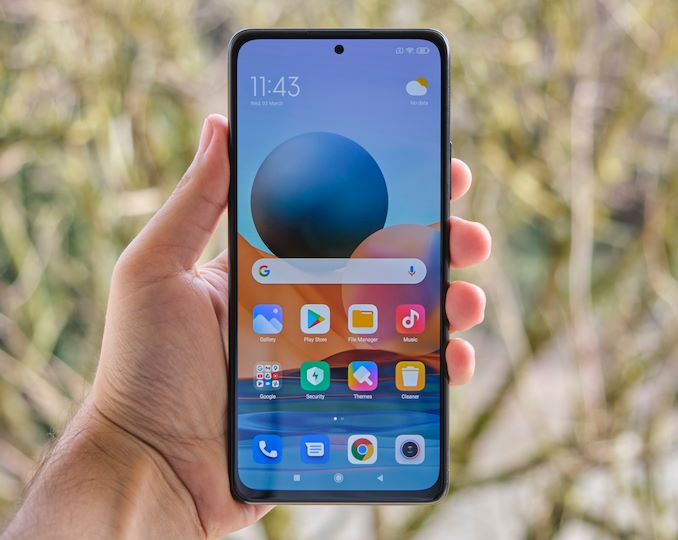
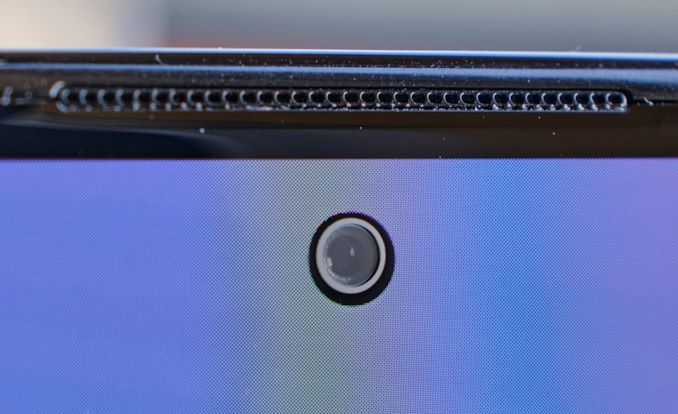
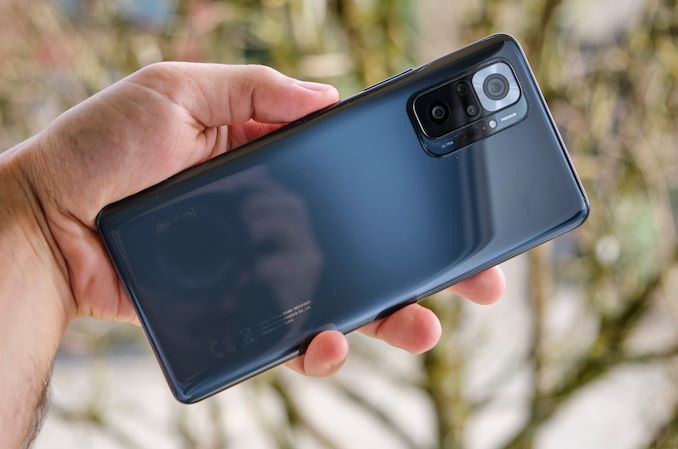
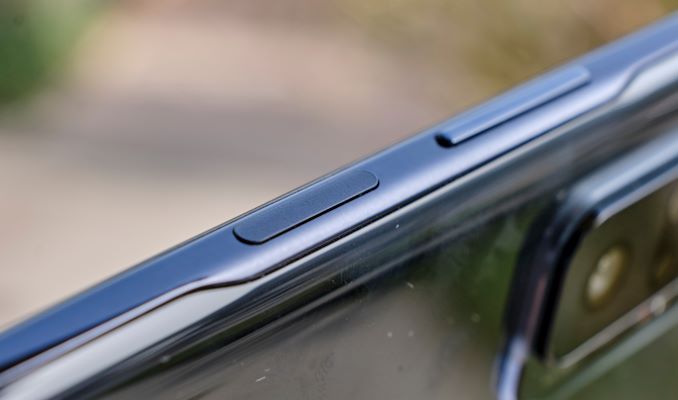
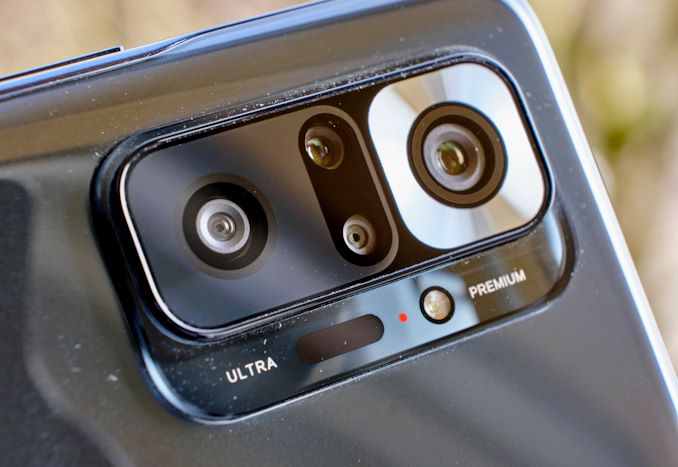




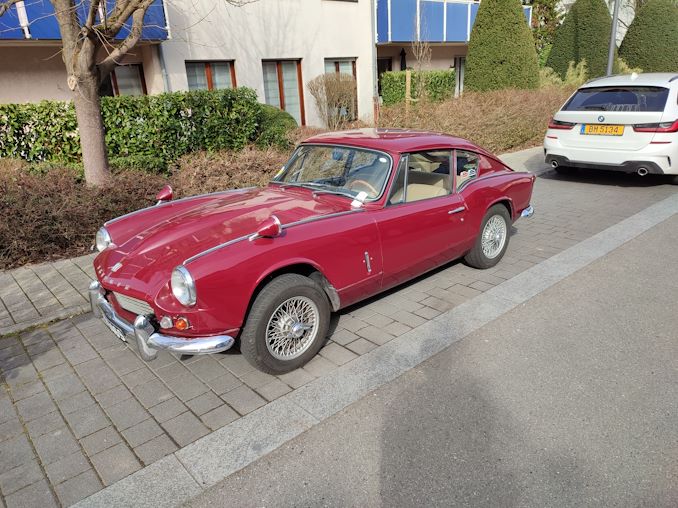
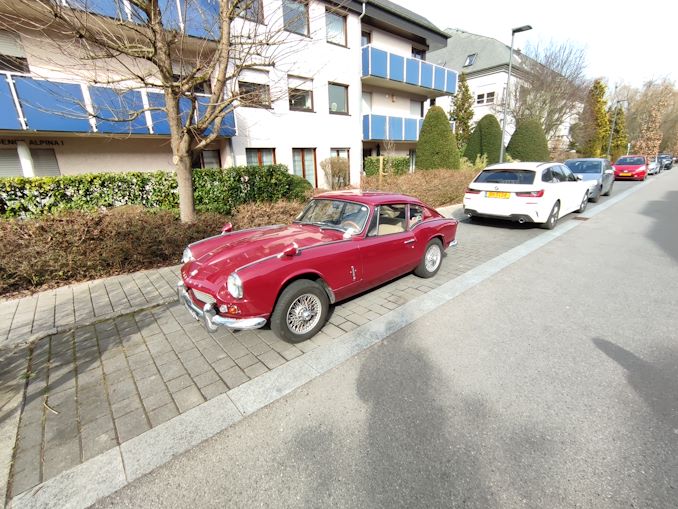






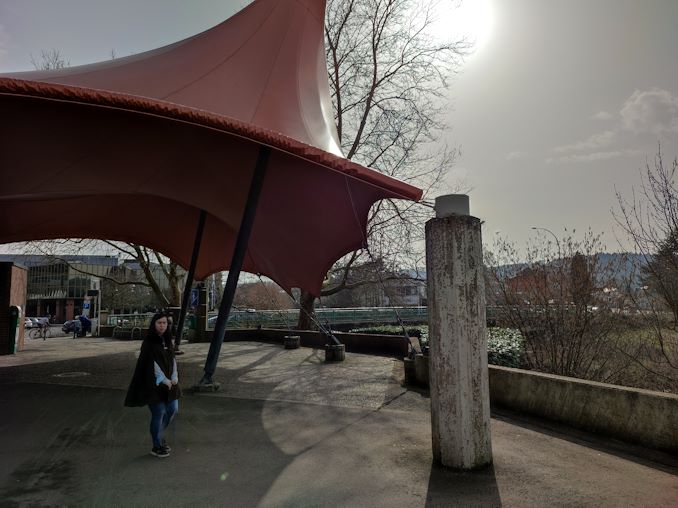








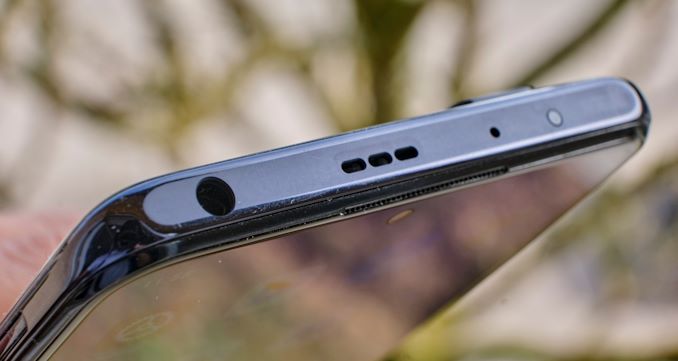
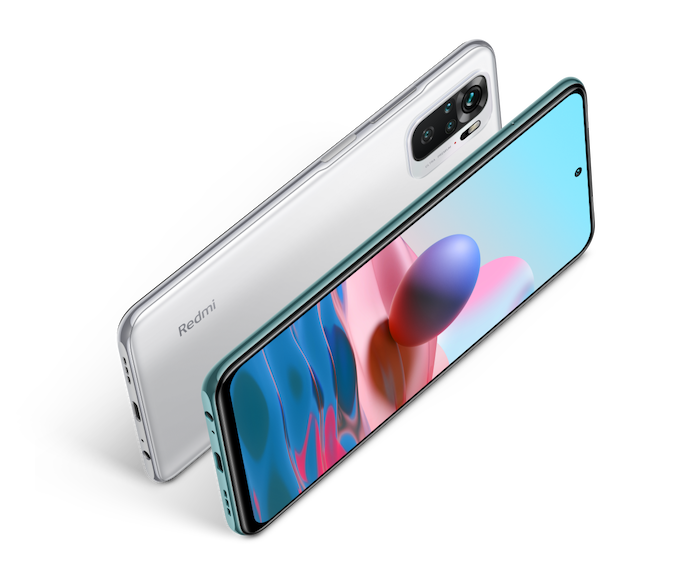










70 Comments
View All Comments
iphonebestgamephone - Tuesday, March 9, 2021 - link
Less ads than what? What better privacy control options? How would it work better without google integration other than just the stock apps?ZolaIII - Friday, March 12, 2021 - link
Less Google adds (by far the worst) better privacy because there are no Google analitic APIs on OS lv. You can still use all apps on Google play (installed as regular app from MIUI store) it's only they won't report back everything and you can't sync or add Google account which isn't really a problem on MIUI. And you have control what's reported back to Xiaomi.iphonebestgamephone - Friday, March 12, 2021 - link
Eh..so chinese data collection only. You have control on whats reported to google too right? Idk if just getting the option to set whats reported back to google or xiaomi actually does it or not. I have found xiaomi ads to be worse though. Atleast they are easy to turn off.ZolaIII - Friday, March 12, 2021 - link
You don't have such choice when it comes to Google analitic. Even open source apps have it on play store. There are striped down of it versions of some on F-Droid but it's a different story when API isn't present on OS lv. Had couple weird experiences with Google and Google only for now regarding personalised adds.iphonebestgamephone - Saturday, March 13, 2021 - link
Oh, so the checkboxes at setup do nothing? You sure xiaomi doesnt collect as much or just saying chinese collecting it is better than usa collecting your data? Do devs directly upload the apps to xiaomi store or does xiaomi just rip them off the playstore?Xiaomi sold outside china come with gms preinstalled though, would have to flash the chinese rom to disable google stuff, might as well flash lineage or something at that point.
ZolaIII - Saturday, March 13, 2021 - link
What ever Xiaomi collects I am able to delete (logs). Talking about K30 Pro. That's funny and lingue ain't what it used to be. Whose developer you know and how we used to say on XDA we provide you with clean ROM and what you choose to install on it is up to you. It rips of a Google play store (as an app). You should know better, you are a big boy there is no such a thin as nice, caring, loving government. I am talking about corporations which is pretty much a same thing. Xiaomi is pretty much still owned by former and current QC employees.Have a nice day.
iphonebestgamephone - Sunday, March 14, 2021 - link
You are able to delete before the data reaches their server? If not lineage, theres various other rom since xiaomi is so popular, and way cleaner than whatever comes with miui.I'm asking if the xiaomi appstore is just getting their apps from the playstore or not, if it is, wont they have the same built in google data collection? Or does it not matter since you need gms installed for the data collection to work?
What do you mean big boy and stuff? Can you answer which is the worst, china or usa data collection? Whatever employees xiaomi has the data still goed to china.
Have a nice day
johnny_boy - Saturday, March 6, 2021 - link
The value is incredible. I have the Note 8 Pro and my wife the Note 9T (global) that just came out. Both are amazing phones for the money. I got mine for 165 euros on a random sale last year and my wife got her 9T for 200 euros. If we don't break them, they should last us around 5 years.Y250 - Monday, March 8, 2021 - link
Been using xiaomi devices since redmi 2 prime. Their phones are either hit or miss. My current redmi note 7 which has a LCD panel shows signs of screen retention/ screen burn. They are cutting corners by sourcing screens and components from multiple manufacturers. Its like silicon lottery. You don't know if you'll get a good one. When it comes to software side its kinda confusing. Xiaomi updates their MIUI every year to new versions but it doesn't mean you're getting major android updates every year. The low end devices get only one major android update. Xiaomi usually launches phones quicker than they give software updates. Nobody complains because these phones are dirt cheap compared to what other established manufacturer produce.prophet001 - Thursday, March 4, 2021 - link
With the proven offenses of the Chinese government by way of Chinese tech, I'm amazed that people still buy Chinese electronics.